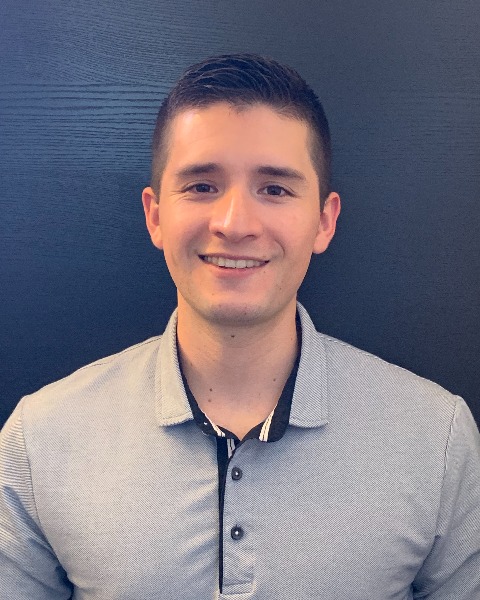Transdiagnostic
(PS8-C72) Youth and Parent Satisfaction with Transdiagnostic Treatment for Pediatric Anxiety and Depression
- RS
Ricardo Salinas, B.A.
Graduate Student
San Diego State University
Pasadena, California 
Felix Angulo, B.A.
Graduate Student
San Diego State University
San Diego, California
Karen TG Schwartz, Ph.D.
Postdoctoral Associate
University of Maryland- College Park
Baltimore, Maryland
Merissa Kado-Walton, M.A.
Program Evaluation Specialist
University of California, San Diego
San Diego, California- JD
John Dickerson, Ph.D.
Senior Investigator
Kaiser Permanente Center for Health Research
Portland, Oregon 
V. Robin Weersing, Ph.D.
Professor
SDSU-UC San Diego JDP in Clinical Psychology
San Diego, California
Author(s)
Co-Author(s)
Anxiety and depression are common in youth, having an estimated prevalence of 6.5% and 2.6%, respectively. Depression and anxiety share high comorbidities. Specifically, 3 in 4 children with depression experience comorbid anxiety, and 1 in 3 children with anxiety experience comorbid depression. Transdiagnostic interventions have shown promising outcomes of alleviating these concerns, but literature is scarce on client satisfaction for these new interventions.
This present study utilizes data from a randomized controlled trial (N =185; Weersing et al., 2017) to evaluate youth and parent satisfaction with a brief behavioral transdiagnostic intervention (BBT) versus assisted referral to community mental health treatment-as-usual (ARC). The Client Satisfaction Scale (CSQ-8) and a rationally developed measure of treatment fit were used as outcome measures for this study and were assessed at Baseline (Week 0) and post-BBT treatment (Week 16). In addition, open-ended questions were asked to both parents and youth to elaborate on their experiences with the project. Responses overall fell onto three themes: study procedures, treatment outcome, and characteristics of the therapy session/therapist. Responses were coded into these three categories and characterized as positive, negative, or neutral.
Overall, parents and youths in BBT did not differ from those in ARC on general satisfaction (CSQ-8; all p > 0.344). However, on specific dimensions, BBT outperformed ARC. Families in BBT rated the treatment as aligning more with their experiences and beliefs than ARC (parents, p < .001; youth, p =.005), and youth viewed attending sessions as easier in BBT versus ARC (p =.025). Analyses of coded free-response data also favored BBT. Three Mann-Whitney U tests evaluated differences between positive treatment-related comments for parents, youth, and parents’ belief on child experience in BBT and ARC, respectively. For youth, the test revealed significant differences in positive treatment-related comments in BBT (Mdn =1.00, n = 62) compared to youth in ARC (Mdn = 0, n = 59), U = 1464.00, z = -2.133, p < .05, with a small effect size r =.20. Similarly, for parents, the test revealed significant differences in positive treatment-related comments in BBT (Mdn = 1.00, n = 64) compared to parents in ARC (Mdn = 0, n = 59), U = 1209.00, z = -3.821, p < .001, with a medium effect size r =.34. Lastly, for parents’ beliefs on child’s experience, the test revealed significant differences in positive treatment-related comments in BBT (Mdn = 1.00, n = 64) compared to parents’ beliefs in ARC (Mdn = 0, n = 59), U = 1182.50, z = -3.984, p < .001, with a medium effect size r =.36.
Results indicate that individuals in BBT report a significantly higher number of positive comments about treatment in comparison to individuals in ARC. However, there was no significant difference between BBT and ARC in the number of negative comments about treatment. Further analyses will be conducted to a) examine possible moderators or predictors that influence youth and parent satisfaction with services and b) explore the influence of treatment barriers on youth and parent satisfaction.

